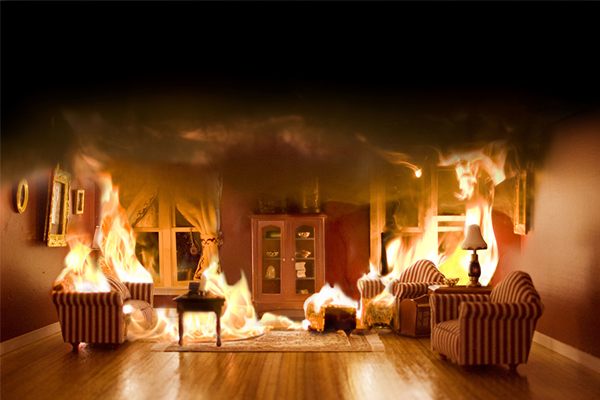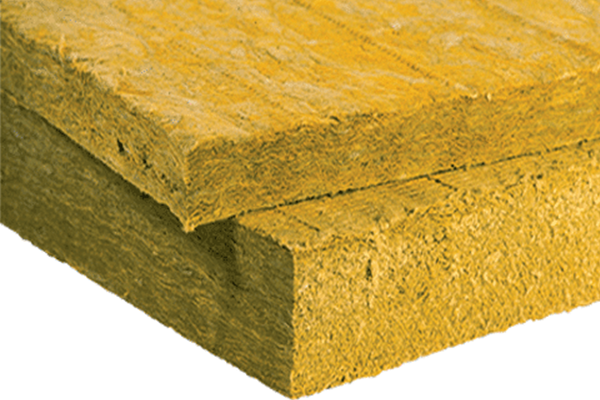Since then that energy crisis was the main matters of many international discussions and also developed and oil-consumer countries tried to face up to it, the subject of saving energy has been receiving special attention, and so there has been enormous number of studies and actions so as to decrease the energy consumption. Additionally, the high prices of fuel in few past decades has evoke widespread activities toward the efficient use of energy, and this was at the same time when there was tremendous developments in Engineering Science and building industry. As a result, these two past decades are known as the era of insulation boom.
The knowledge of exploiting thermal insulation dates back to the last half-century, when European and industrial country arrived at remarkable results about buildings. Expensiveness of fuel and the necessitation of saving energy, which is considered as national wealth for any country, unprecedentedly brings the notion of using energy economically into spotlight. That’s why, it is so important for a building, apart from being economical, to be designed in the way that its energy consumption is economized as well.
Nowadays insulation, either thermal or acoustic, has a special place in industry and their production and consumption has never seemed as inevitable as it is now.
Considering the high rate of fuel consumption in building, taking economized measures so as to decrease the consumption and provide favorable conditions is tremendously important. Hence, proper insulation for building so that the temperature in different seasons feels desirable is one of the most essential issues of saving energy.
The notion of saving energy in building lead us to tow directions
Selection and proper exploitation of mechanical Instruments and Equipment
Economization of building in order to decrease heat losses
One of the reason behind the construction of a building, especially a residential one, is the idea of controlling the way of life, which must be protected from different problems and must have uniform and controllable condition. In other words, a building beside from other perspective must be insulated from infiltration heat or cold. In the case of temperature, the degree of heat between 20C to 25C on balance is appropriate; conversely, for noises, having them above 40db, 30db for respectively dining-room and bedroom is not appropriate. Among the best thermal and acoustic insulations, which enjoy the both features: reducing heat transfer and also reducing sound intensity, Rock and slag mineral wools are remarkable. For instance, if one layer of Rock wool with the thickness of 5cm and density of 80 kg/m3 has been instilled in a wall, it will significantly decrease the heat transfer coefficient and will prevent considerably from infiltration of noises, and above all, it will provide tranquility. Therefore, using insulations inside buildings’ wall has significant effect which prevents from heat transfer and so energy losses, and also is effective in order to have a soundproof indoors.s has been instilled in a wall, it will significantly decrease the heat transfer coefficient and will prevent considerably from infiltration of noises, and above all, it will provide tranquility. Therefore, using insulations inside buildings’ wall has significant effect which prevents from heat transfer and so energy losses, and also is effective in order to have a soundproof indoors.
Thermal and acoustic insulations have 4 principal usage
- First usage is for controlling the flow of heat inside and outside a building. The amount of alteration heat degree for outer surfaces of buildings in the area of the coldest and hottest is too high, and so these kind of areas need more insulations.
- Second usage is for maintaining the heat of Air-vapor Dam and preventing building from transpiration and also, for the case of the area of the coldest, maintaining the temperature upper than dew point.s
- Third usage is for providing more comfort by maintaining heat and cold respectively for winter and summer.
- Forth and the last usage is for absorbing a considerable amount of Sound vibrations, preventing from infiltration of noise pollutions in areas close to railway lines, highways, airports and etc.
Energy Saving
Where energy is consumed the most?
Contrary to the popular belief, by which people tend to think where they directly consume energy (for example: electrical energy for lighting and other usage) accounts for the most of energy losses, it is cooling and heating which accounts for the most of building energy consumption. Hence, lack of proper insulations can be blamed for more than the half of energy losses. Appropriate insulation is supposed to be the most effective approach toward reduction of energy prices. It has been proved that, from 70% up to 90% of energy losses through improper heating and cooling system can be economized.
A proper system for design and installation of insulations can promptly cuts back energy needs and its prices. Also, an energy assessment of insulation can calculate the real Btu/dollar the potential savings.
The advantages of insulating
- Resistance to fire
Insulating can improve the fire protection in Mechanical installations Systems, Ducts, Cables, Electrical wiring, and etc.
- Condensation Control
Insulating can reduce the amount of Corrosion by preventing and control ling condensation of vapors on Pipes Ducts, Chillers, and etc.
- Environmental Preservation
Insulating results in a decrease on energy consumption, as for the fuel by which the energy is produced. Also, it causes a decrease on the emission of pollutaant gas like: Co2 and So2. In fact, insulation plays a vital role in environmental preservation.
- Appearance Improvement
Insulating pipe lines and other surfaces improve their appearance.
- Noise Pollution Control
Insulation results in the reduction of inside or outside noise pollution by preventing form thenoise and absorbing Internal resonances the infiltration of outside noise and absorbing Internal resonances.
- Return on Investment
A proper design and installation for insulation results in a prompt return of investment. To put it another way, insulation is like a low-risk investment, since it is kind of a deposit with foreseeable returns.





